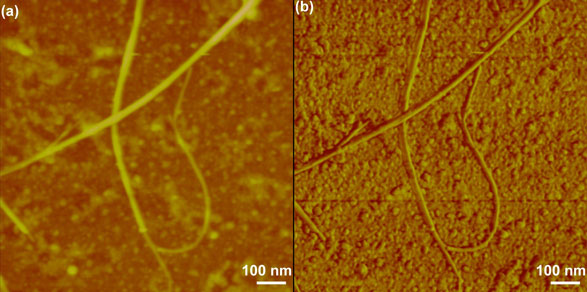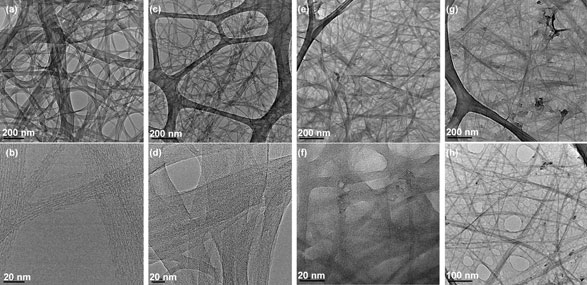Materials Science and Engineering

Professor Silvija Gradecak
PI at MIT

Professor Amal Al Ghaferi
PI at Masdar Institute
This research concentrates on the development of hybrid organic/inorganic photovoltaic devices that take advantage of polymer solution-processability and enhanced charge transport in inorganic one‐dimensional structures (nanotubes and nanowires). It initiates a novel research direction in the field of photovoltaic (PV) devices based on solution processable conjugated polymers and inorganic nanomaterials, including semiconductor nanowires and carbon nanotubes. Solar radiation accounts for most of the available renewable energy, but only a small portion of it is currently being harnessed, mostly due to the production and installation costs of commercial photovoltaic PV devices. Emerging PV devices based on solution‐processable conjugated polymers are attractive for the production of low‐cost solar cells with power conversion efficiencies reaching 10%.
The ultimate goal of the project is to drive technological advancements in renewable and sustainable forms of energy. It is of relevance for Masdar and Abu Dhabi since it is studying PV packaging options for different UAE environmental conditions and regions; i.e., Abu Dhabi, Liwa, Al Ain), Northern Emirates (Ras Al Khaima) and Eastern Emirates (Al Fujairah). Students will be exposed to a variety of techniques, including synthesis of new materials, advanced characterization, and device fabrication.

Atomic force microscopy (AFM) image of SWCNT and P3HT film. a: height image; b: phase image.

Transmission electron microscopy (TEM) image of SWCNT and P3HT films at different concentrations. a, b: SWCNT only sample; c,d 1 wt% SWCNT and P3HT film; e,f 5 wt% SWCNT and P3HT; g, h 10 wt% SW CNT and P3HT.